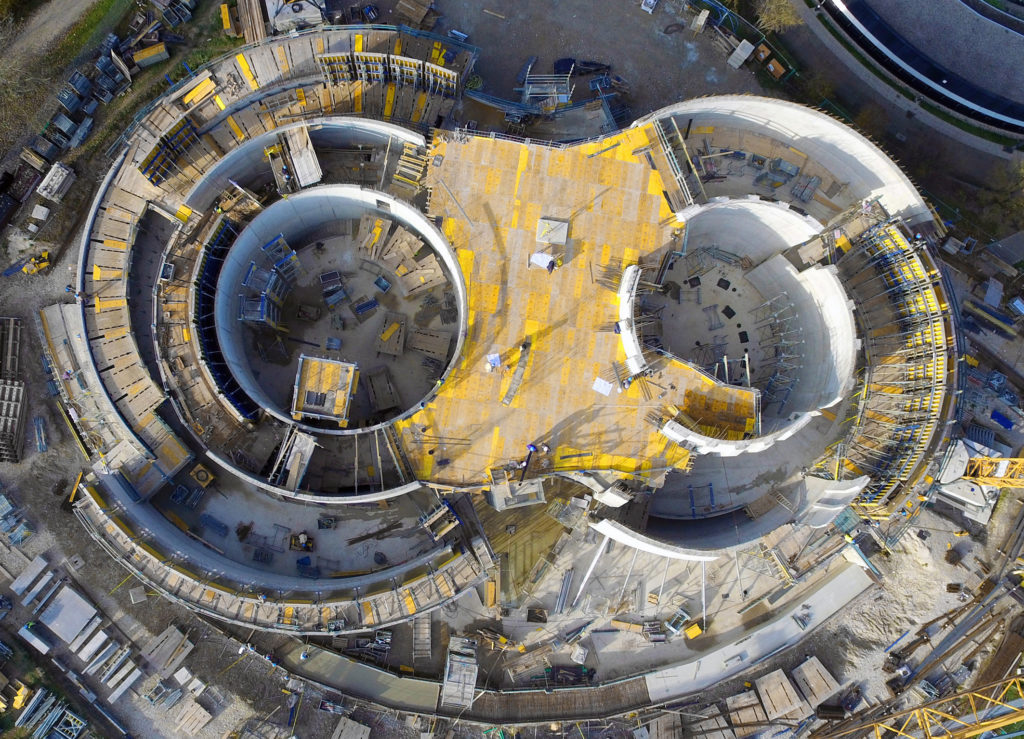Contemporary architecture is dominated by ever higher buildings and ever more complex geometries. The success of such projects depends to a large part on successful optimisation of the construction process. In the field of high-rise construction, the decision for the appropriate climbing system has a huge impact on time and cost. As a result, diligent operations scheduling is of crucial importance in order to find the optimal formwork solution. Factors such as cycle time, construction method, type of reinforcement and site equipment must be taken into account during the planning phase. […]
Climbing systems: Getting it right for every project









